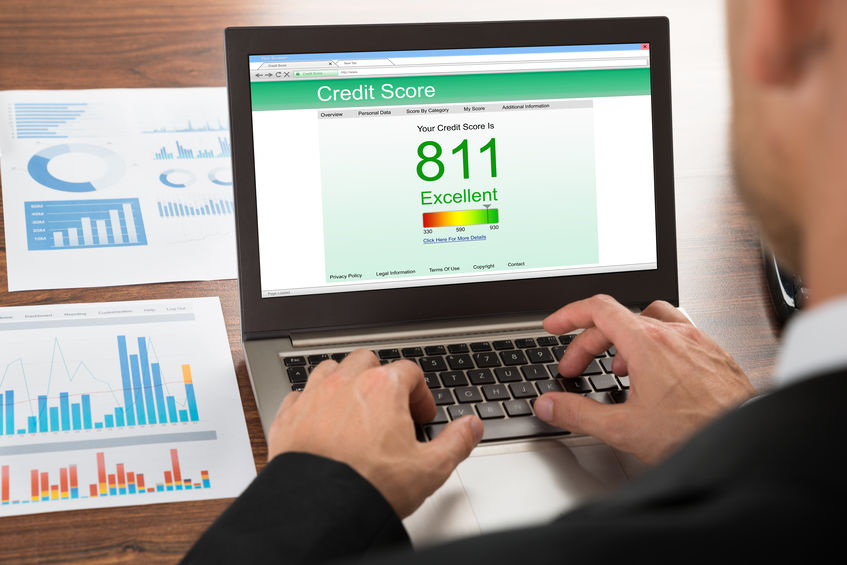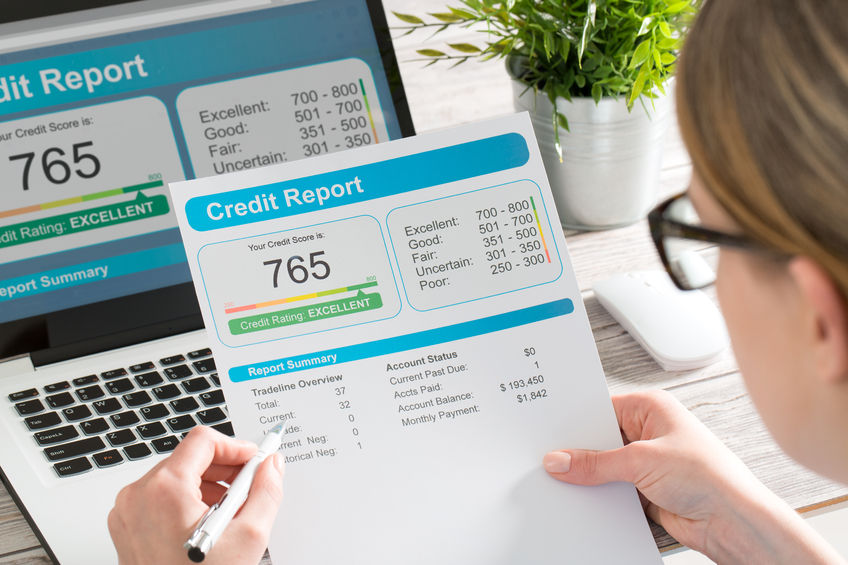13 Steps to Establish and Build Business Credit

As a new business, it can be challenging to establish business credit. While your personal credit history might be nearly perfect, having good business credit is another matter. A strong and positive business credit history must be established.
Perhaps you have been denied a business loan due to a lack of credit. Making a business run effectively and efficiently can be challenging without business credit. When business credit reports are involved, there are more people who can look at your credit report including customers, partners, and suppliers.
If the prospect of all these people having access to your credit report seems unnerving, you do not have to panic. Fortunately, there are some strategies that you can use to build your business credit.
Step 1: Open a Business Bank Account
No matter how small your business is, you must have a checking account that is separate from your personal account. This step will establish the identity of your business. Having an account solely for your business is a valid way to keep your record keeping organized and simple.
When you open your business checking account, use it only to pay for your business transactions. If you make a business purchase with a credit card, make the credit card payment using the checking account for your business.
Having a checking account for business only will establish trade with the bank. While you might be a deposit account customer for a while, you will eventually become a loan account customer. In the meantime, do your due diligence, and keep your account from being over-drafted.

Step 2: Build Trade Credit with Your Vendors
Purchases from suppliers and other vendors can build your credit. Many suppliers extend credit to their business customers. You would be allowed to pay your invoice with your vendors either a few days or a few weeks after you receive your products.
Setting up trade lines with even small vendors will help you establish your business credit. According to Teddy Nykiel, you must have at least three trade lines to obtain a Dun & Bradstreet Paydex score. This will measure payment history. Even if your vendors don’t report to a credit bureau, you can still use them for a trade reference.
Step 3: Establish a Business Phone Number and Address
Your business might be located in your home, but you need to have a separate phone line for your business. Having a separate line establishes your business with the phone company. Be sure the business phone number is listed in the telephone directory and on your website. You are giving identity to your business.
A business telephone account is reported to credit bureaus, and credit bureaus also pull information from directories. Although it seems like a simple step, having a business telephone line and number is a step in the right direction for your business credit.

Step 4: Make Credit Payments Early or On Time
Making your payments on time establishes credibility with lending institutions and credit card companies. Some credit bureaus will only give high credit scores to those who pay early, so, if possible, make your payments early. In general, credit bureaus look favorably at businesses who pay their credit payments on time.
Establishing a long history of credibility makes your business seem reliable. Creditors will be more likely to lend to you in the future if your past credit determines that you make payments on time, even early.
Step 5: Check Your Business Credit Report Often
Although personal credit reports are given free once a year, business credit reports do come with a fee so be prepared. The fee is a worthy investment because you need to ensure that your credit report is free from errors. Detecting errors, frauds, and scams early will keep your credit history free from trouble.
Credit reports are broken down the following ways:
- Public Record: Bankruptcies, liens, and judgements are a matter of public record.
- Demographics: The years you have been in business as well as business size and SIC code are on your business credit report.
- Credit: Any late payments, on-time and early payments, outstanding balances, and trends are listed on your report.

Step 6: Obtain a Business Credit Card
Not all business credit cards report to credit bureau agencies. When you apply for a business credit card, find out what agency the company reports to. You want to establish credibility. No record of credit brings negative impact as well as bad credit.
Get a credit card that will suit the needs of your business. For example, if you spend a great deal of money on office supplies, apply with a credit card company that offers some type of reward for purchasing office supplies.
Step 7: Seek to Improve Your Credit Score
Credit scores have been known to fluctuate. Not only should you monitor your credit reports, but you should also take steps to improve your score. Pay off balances, ask for larger credit lines where possible, and open new lines of credit. As always, make payments on time or early.
Many factors can contribute to the decrease in a business credit score.
- Lien filing
- Closing business credit card accounts
- Judgments
- Collections
- UCC Filings
- Leasing, bank, and government data
Step 8: Apply for Business Loans

Certainly, this might sound simple and maybe, naïve, but applying for business loans is a way to build and establish business credit. When taking out business loans, be sure the bank or lending institution does report to credit bureau companies. It is surprising that many do not bother reporting to agencies.
As with credit card payments, make your loan payments on time, if not early. On time and early payments are positive building blocks for your credit score number.
Step 9: Utilize Credit for Cash Flow
Cash flow is the life line of any business. Building business credit will give you access to better interest rates, and it will keep you on good terms with your vendors. If used properly, your business credit card can provide quick funding with flexible financing. However, you should not abuse that concept. The cost should result in profit for your business, not loss. A line of credit accrues late fees immediately while a credit card gives a grace period before adding fees. Be diligent and responsible with your credit cards as you utilize your cash flow. Late fees and interest can accrue quickly and become expensive cutting into your profits.
Step 10: Watch Your Public Record
As discussed before, your business public records are on your credit report. They have a great impact on your score. Any judgements that have been filed against you such as collection law suits will have a negative impact on your credit score.
Should a lien be filed against your property due to non-payment of taxes other debt, your credit report will tell the story. Non-payment of business loans can result in liens. Keep track of your public record and credit scores, and, this cannot be stressed enough, keep up with your payments to vendors and creditors.

Step 11: Incorporate or Establish an LLC
If you do not wish to incorporate your business, it might be a good idea to establish an LLC (Limited Liability Company). This step will insure that your business is seen as a separate entity from what is personal.
A major advantage is provided with incorporating or establishing an LLC. Seeing your business as a separate entity causes creditors to hold the business responsible for the debts. This prevents your personal assets from being seized.
Step 12: Use Process Fee Reporting
A merchant account charges processing fees for their services. If your business accepts credit card payments, you should use a merchant processor that builds your credit. When you report process fees from credit card sales, your business builds credit each time your customer pays with a credit card.

By using a merchant provider through which you have business credit, your business not only benefits from on-time and early payments, but your business builds positive credit by swiping your customer’s credit card.
Step 13: Register for a D-U-N-S Number
Dun and Bradstreet is a major credit bureau. The PAYDEX score that belongs to Dun and Bradstreet is used in most trade credit applications. If your business is not listed with Dun and Bradstreet, you can register for a number at no cost.
Summary
Establishing business credit does not have to be a nightmare of an experience. Building credibility is a process. When you begin establishing trade lines with vendors, you are building a strong foundation. When you begin to make your credit cards work for you as a source of cash flow, your credit is built and credit expansion is imminent. Staying up-to-date on your payments and maintaining a clean public record is the glue that will hold your business credit in place.
The process might take time, but it is not an overly complicated one. After establishing your business type, name, address, and phone number, you can begin taking steps toward having excellent business credit and having a life-long accomplishment.






